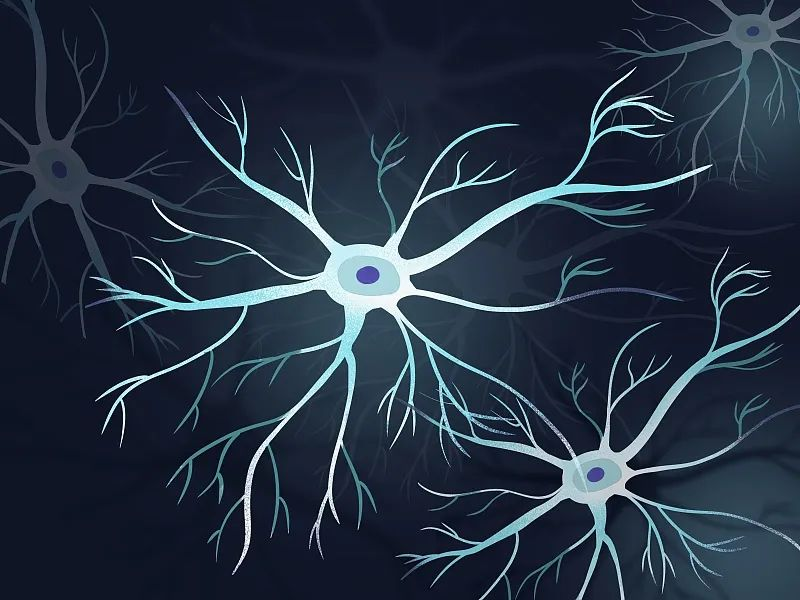Breakthrough for Artificial Visual Perception
Two-dimensional heterostructures are promising synaptic materials for photonic synapses. By using artificial photosensitive synapses, neuromorphic electronics such as bionic eyes can emulate biological nervous systems with in-memory sensing and computing abilities.

Recently, researchers from Chinese Academy of Sciences and Nanjing Tech University have demonstrated a facile interfacial coassembly of a large-area photosensitive heterobilayer. They utilized it as an optoelectronic converter for neuromorphic electronics.
The heterobilayer was assembled from graphene oxide and perylene at the liquid-liquid interface, with the merits of centimeter-scale, high uniformity and broadband absorption from visible to near-infrared regions.
These characters ensure the exceptional photoperception of planar heterostructure devices. Specifically, this heterosynapse as an artificial neuron can be implemented into a neuromorphic network that is capable of visual learning and recognition.
The technology can therefore be helpful for the future applications of artificial intelligence technologies including autonomous driving.


